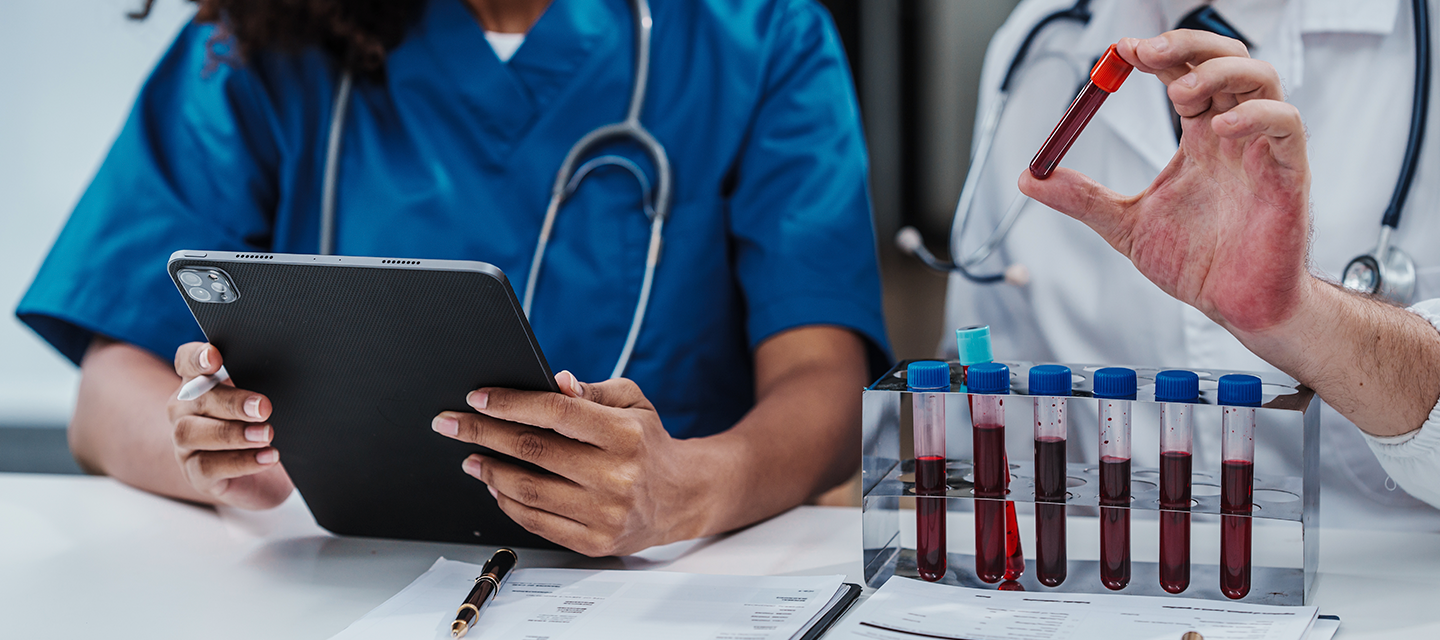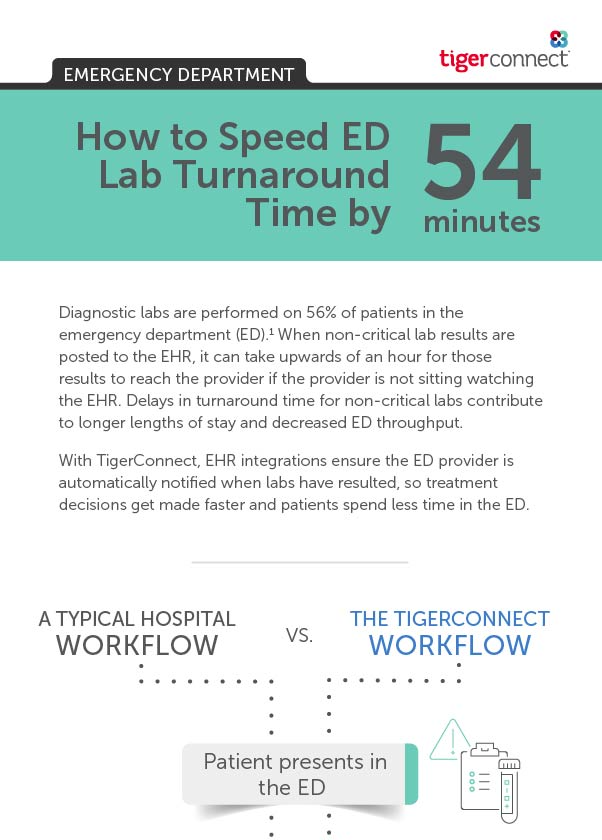Home / Blog /
How STAT Labs Elevate Emergency Treatment

How STAT Labs Elevate Emergency Treatment
Every second counts in the emergency department (ED), and a quick and accurate diagnosis is often the key to saving lives. Diagnostic labs are performed on 56% of patients in the ED, and numerous hospitals still depend on obsolete communication systems, leading to unintentional operational delays. This is where ED STAT labs play a vital role in elevating emergency treatment. Swift and accurate diagnostics in critical situations can often make the difference between life and death. Integrating STAT labs into emergency care protocols significantly enhances the efficiency and accuracy of diagnostics, ensuring that patients get the immediate attention and care they need in those critical moments.
Speed ED STAT Lab Turnaround Time with Automated Communication Workflows
|
 |
The Power of Rapid Results
In the hustle and bustle of the ED, sometimes the most critical information hides in plain sight, an agonizing reminder of the delicate balance between care and chaos. For example, imagine you’re a provider facing a busy night in the ED. You have a patient with pain in the left side of their head after suffering a fall at home, so you order a series of tests in the electronic health record (EHR). The patient waits in the ED for three hours for the lab results, their anxiety mounting with every passing minute. Unbeknownst to you and the patient, their test results have been sitting in the EHR for the past hour because the nurse wasn’t alerted that they were ready. This delay in treatment can have detrimental effects that stem from longer length of stay and slower ED throughput.
With STAT labs, ED care teams can calm this chaos. Some benefits of STAT labs in the ED include:
- Immediate Treatment Decisions: Notifications to staff that an important lab is ordered can help to improve the speed at which the tests are drawn and sent to the lab for processing. Receiving alerts on completed labs that are relevant for decision-making can help providers make quicker decisions and move patients through the ED faster. This immediate feedback allows for faster diagnosis and treatment initiation.
- Optimized Patient Care: STAT labs enable healthcare providers to tailor treatment plans to enhance patient care. By obtaining quick and accurate diagnostic results, providers can quickly decide which medications or interventions are most appropriate for a patient’s condition, leading to better patient outcomes. This improved efficiency leads to improved patient satisfaction with their care experience.
- Reduced Length of Stay: Traditionally, lab tests take hours or even days to provide results. Delays in lab processing can be further exasperated due to lab techs not knowing which labs are critical and of high urgency. Additionally, providers often miss important lab updates, leading to delays in diagnosis and treatment, and therefore longer patient stays. Reducing wait times can solve multiple problems, including decreased overcrowding, lower morbidity rates, and lower rates of patients leaving without being seen (LWBS).
- Enhanced Emergency Response: ED STAT Labs are essential to emergency preparedness. The ability to provide rapid diagnostics, data-driven decision-making, and resource optimization improves emergency response outcomes. By leveraging technology, data, and interdisciplinary collaboration, STAT labs can enhance healthcare systems’ readiness to handle crises, protect public health, and save lives. The right technology enables easy provider-to-provider communication, allowing ED consults to be completed quickly and accurately.
Accelerating Care Coordination with TigerConnect
Using clinical communication and collaboration (CC&C) technology like TigerConnect can accelerate treatment decision-making and move patients through the ED faster and more efficiently. Integration with the EHR helps simplify the care process, consolidating information and sending alerts directly to the right provider. After the provider assesses the patient and orders lab tests in the EHR, the nurse or phlebotomist receives a TigerConnect notification. After the lab updates the results in the EHR, the provider is instantly notified, enabling them to review the findings and decide on the next steps for their patient. Using TigerConnect, this workflow is completed in about 65 minutes, a significant improvement from a typical hospital workflow that takes nearly twice as long (119 minutes).
Had the hospital in the previous example utilized TigerConnect, the treatment decision process could have been expedited. The lab tech would have instantly been notified about the lab order, and the results would have been automatically routed to the ED provider’s phone. This improved workflow ultimately reduces delays, leading to a better patient experience. This is just one example of how efficient STAT lab workflows are crucial to modern emergency medicine, enhancing patient care, reducing turnaround times, and saving lives. As technology advances, STAT labs will continue to play an even more significant role in elevating emergency treatment and improving healthcare outcomes.
Timothy Beglin, Clinical Nursing Consultant
Tim Beglin has been involved with nursing informatics for over 14 years, dedicated to improve clinical workflows for nurses, providers, and other healthcare professionals. He has been an Epic builder, Epic clinical site lead, IT Relationship Manager and has led a team of other nursing informaticists. Tim has abundant experience navigating the complexities of clinical organizations and healthcare technology in order to achieve sustainable process improvement.
Tags: ED labs, LOS, Blog, STAT labs, STAT labs best practices, reduce emergency department LOS, Emergency Department Workflows, Improve Care Coordination








